Achilleion Palace in Corfu
The magnificent Achilleion Palace lies just 10 kilometers to the south of Corfu’s historic old city and a mere 3 kilometers north of the charming village of Benitses.

Step into the Timeless Grandeur of Achilleion Palace: A Neo-Classical Jewel Amidst the Splendor of Corfu, Greece.
This architectural masterpiece, built in 1890, was a dream realized by the Empress Elizabeth of Austria. It stands proudly on the outskirts of Gastouri village, a site originally graced by the philosopher and diplomat Petros Vrailas Armenis’ residence, ‘Villa Vraila.’
Prepare to be captivated by the resplendent Achilleion Palace, a testament to the opulence and taste of Empress Elizabeth.
Its neoclassical façade and regal interiors beckon you into a world of timeless elegance, where history and beauty converge in perfect harmony.
As you wander through its halls, you’ll trace the footsteps of royalty and nobility, each corner echoing with tales of grandeur and romance.
Whether you’re a history enthusiast, an admirer of architectural marvels, or simply seeking a taste of imperial Greece, Achilleion Palace promises an unforgettable journey into a bygone era of splendor.
Explore its lush gardens, adorned with statues and panoramic views that sweep across the Ionian Sea, inviting you to immerse yourself in the opulence of a palace fit for royalty.
Experience the enchantment of Achilleion Palace, where Empress Elizabeth’s vision of beauty and grace still lingers, offering a glimpse into the regal world of the past, beautifully preserved for today’s discerning traveler.
Queen Elizabeth of Austria
Queen Elizabeth became known as the sad Queen Sisi.
She was the younger daughter of the Duke of Bavaria, and the Emperor of Austria, Franz Joseph, was told by his mother to marry her elder sister, but he fell in love with her instead.
Elizabeth felt stifled by the very strict protocol, dominating mother-in-law, and the regimented life in Vienna, and appears to have suffered minor breakdowns and depression frequently.
She traveled extensively for her health, and this became almost manic following the suicide of her son Rudolf, who shot himself and his mistress in a suicide pact at a hunting lodge called Mayerling.
Coming to Corfu she fell in love with the estate of the diplomat and philosopher Petros Vrailas -Armenis, and he gave it to her.
She then demolished the simple house and built the Achilleion Palace.
She was well known in the vicinity, and much loved as she had a well dug in lower Gastouri which saved the women walking long distances to get good water.
Once the palace was finished however she lost interest in it somewhat and came less frequently to the island.
On a visit to Geneva, she was assassinated by an Italian, who later said that he had gone to Geneva to kill a sovereign, and did not mind which one he killed, as long as he succeeded!
Elizabeth was an exceptionally beautiful woman and a skillful rider.
She was almost certainly anorexic, as she dieted maniacally, and never weighed more than 50 kilos.
She and her husband ruled the Austro-Hungarian empire, but whereas the Hungarians hated the Austrian rulers they loved Elizabeth, who also loved Budapest where she could escape from the rituals of Vienna.
To this day Hungarians talk fondly of her, and they, and also German-speaking visitors, especially enjoy visiting the palace this sad woman created on a Greek island.
The decoration of Achillion Palace
The palace is named after Achilles, the Greek hero of the Trojan War, and the interior is decorated with numerous statues and paintings depicting scenes from Greek mythology.
The most famous of these is the statue of Achilles that stands in the palace gardens.
The decoration of Achilleion was supervised by Elizabeth herself and reflects her admiration and love for Classical Greece, both interior and exterior are decorated with statues of ancient philosophers, heroes, and mythical ancient gods.
The entrance is decorated with many statues and columns, two centaurs decorate the balcony on the first floor and four brass Mice guard the balcony on the second floor.
Besides, the columns are statues of gods and philosophers.
On the second floor, there is a brass statue of the god Hermes, and the central large hall is dominated by works of Italian painters, most notably that of the Austrian Franz Matt depicting the triumph of Achilles.
On the balcony of the first floor, where there were the apartments of the Empress, the Ionic columns are adjoined by busts of philosophers and statues of the nine muses.
In the gardens of the palace are found the famous statues of the dying Achilles, Dionysus with Satyros on his shoulders, an impressive statue of Achilles 11.5 meters high, and a statue of Lord Byron.
After the murder of Elizabeth, the palace was bought by the Kaiser of Germany William II
The Kaiser made additions to the building and built the Kaiser’s bridge, 2 km from Benitses, to use for swimming away from prying eyes, and also mooring his yacht.
It is said that he came here in the summer to draw up his war plans secretly.
During the First World War Achilleion palace was used as a military hospital, then fell into decay, but during the 1970s and 1980s, it housed the casino of Corfu.
Today, the palace is open to the public as a museum and cultural center, featuring exhibits on the history of the palace and the island of Corfu.
Is the correct name Achilleion or Achillion?
How it should be written; Achilleion or Achillion?
Well, this building is dedicated to the mythical Hero Achilles, therefore it should be written as Achilleion and not Achillion, Achilleion is the correct writing, while Achillion is wrong! See the Wikipedia link
Anyway, we use both names on the website because many people still use the wrong name.
Opening hours, ticket prices, information
The Achilleion museum is open daily from 08:00 am to 7 pm, and on Saturdays, Sundays, and holidays from 8 am to 2.30 pm
The ticket prices range from 2-10 €
More specifically, for children up to 14 years is 2 €, for youngsters up to 18, for students and large families 5 €, and all adults is about 7 €.
A full ticket with an audio guide etc. is 10 €
For additional information call: 2661056245
Contact and phone numbers
For additional information call: 2661056245 Mr. Ioannis Tsampodimos.
Fax: 26610 56284
e-mail: msachil@etasa.gr





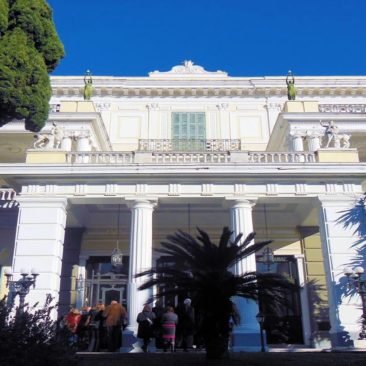
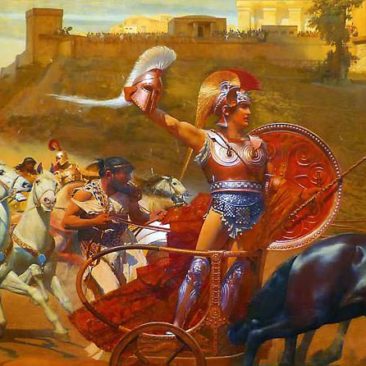

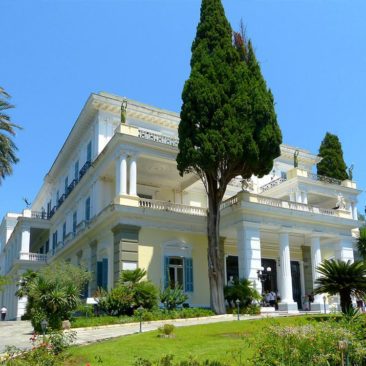
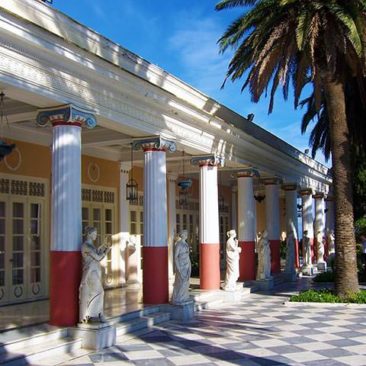
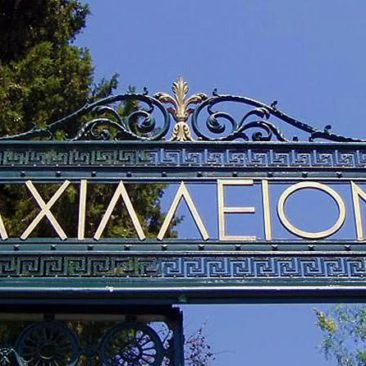

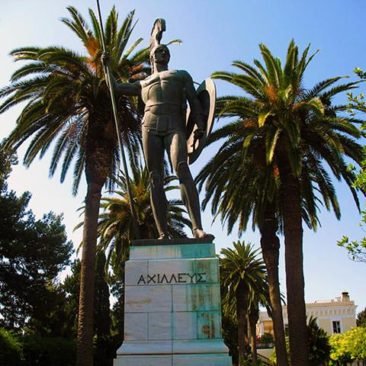
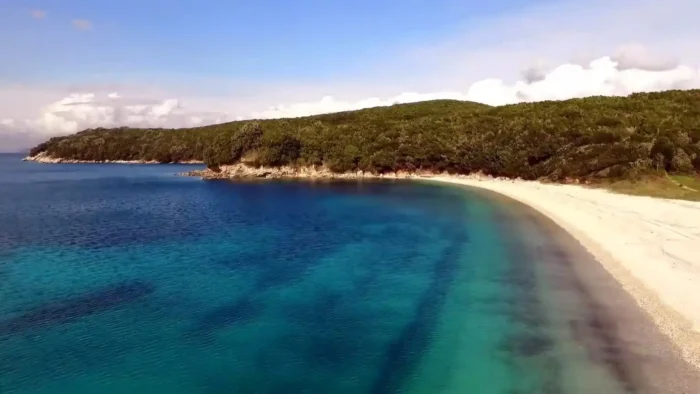


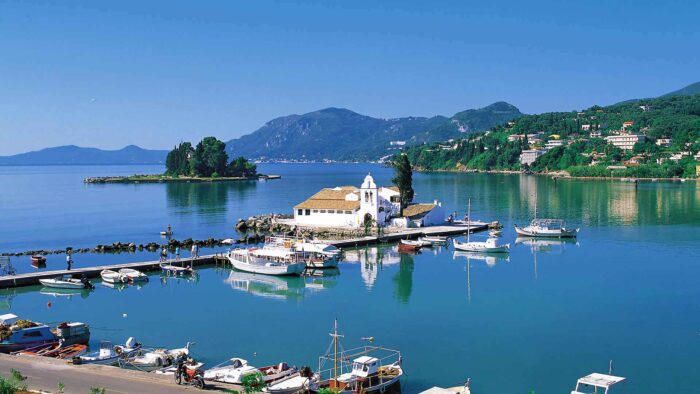
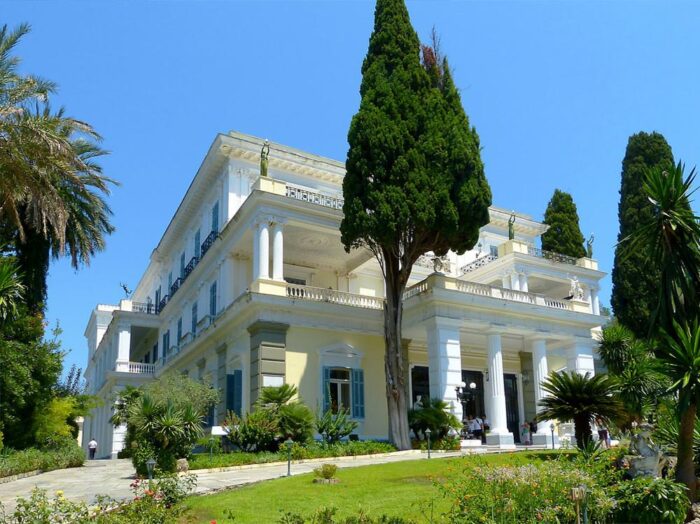

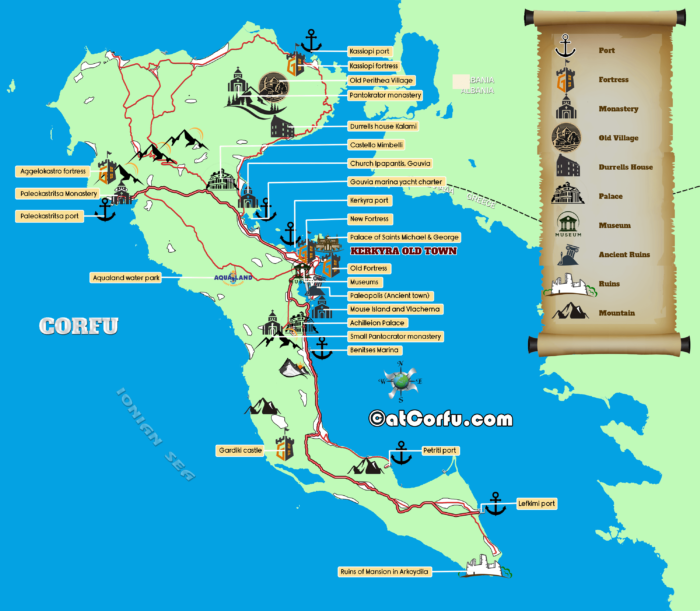
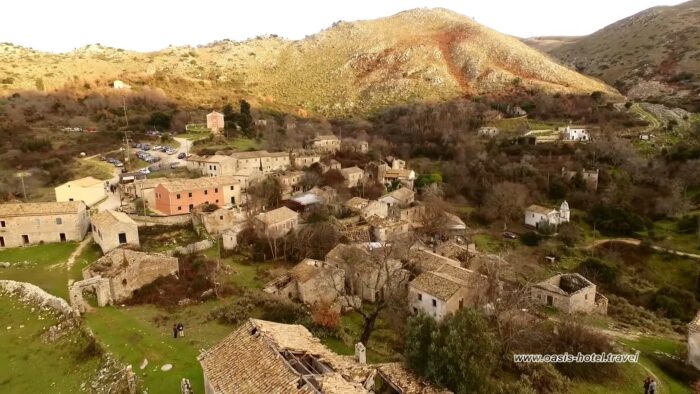
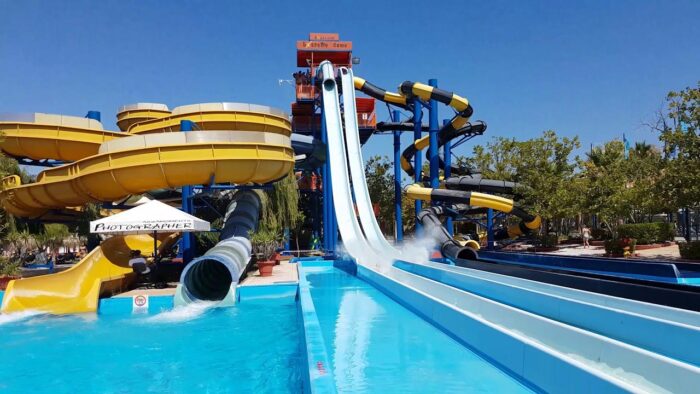
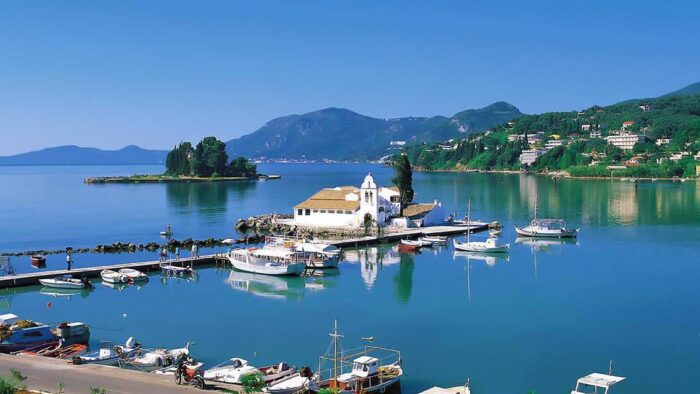
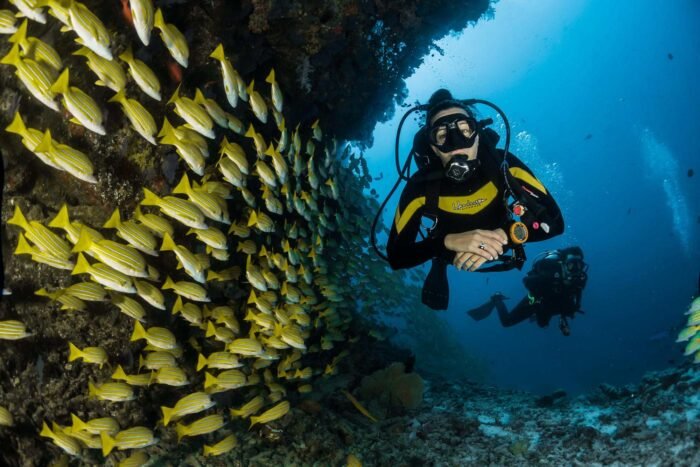
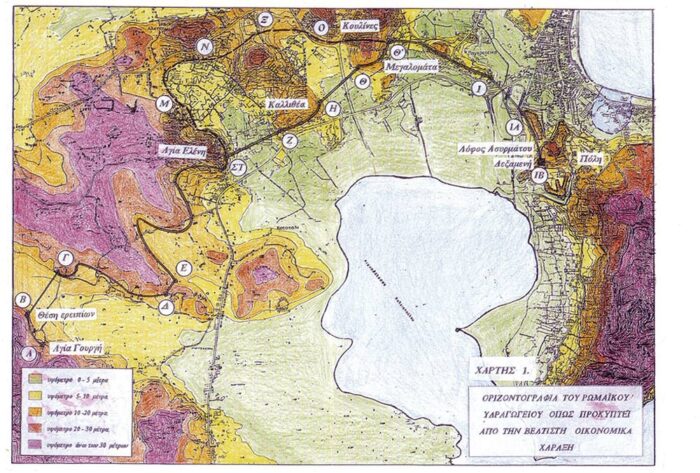

6 Responses
Jennifer
The kaiser certainly made no secret war plans! He never planned or wanted a war but he is the most demonished man in history due to allied propaganda.
Teo
All war plans are secret by definition, also war plans are not necessarily offensive.
Thanks for your comment, I can assure you that this sentence was written not offensively but as a figure of speech.
Diana Owen
Is the Palace open this week please?
Teo
Yes, it is.
Michael
Hi, I visited in June 2022 and the Palace was closed with the exception of the garden, for renovation.
Is the Place now fully open again, I will be visiting after 25th September 2022.
Thanks
Meri
HI, will the castle be open during summer 2023? 08-15 august? Thanks